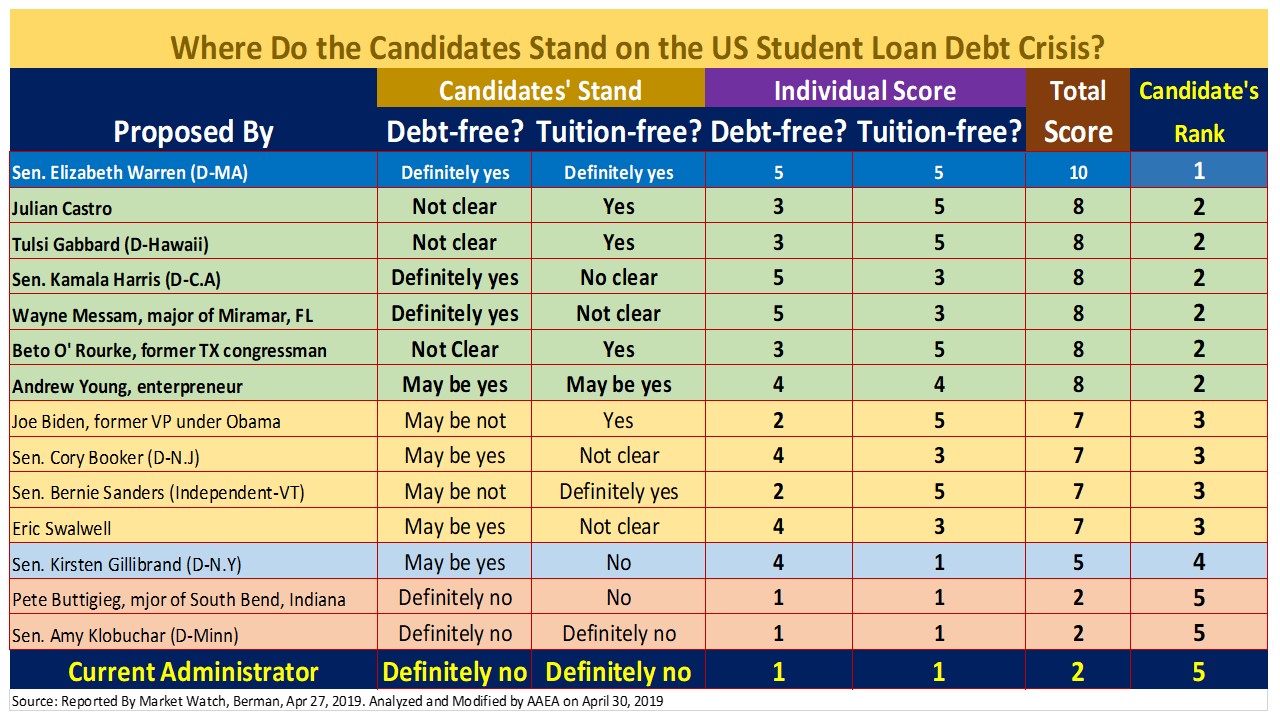Pretty simple answers. The winners are those who have the common sense. While the opposite is true for those who defy logic.
Having said that, the American public is smart enough to figure out who belong to each group. The following example will show to the public how applying strategies that defy logic leads to short-run profit, but disaster in the long-run. It is commonly known that sellers try to extract or make as much profit as possible out of their customers. What is wrong with this strategy in the long-run? Well, for one thing, because charged price is too high, it causes the buyers to run away for they cannot afford to pay it. This then will trigger them, the consumers, to find substitution products, if there is any or even to completely abandon their plan. In this sense, some sellers who keep increasing their price-tag indirectly, slowly but surely moving away from their competitive advantage. As results, they will experience student enrollment decline, not in the short-run, but in the future. This is clearly the example of bounded rationality, where the pack follow the so-called best practices. Copying what other association members are doing. However, this hypothesis may not apply to the top schools such as the Ivy League with a single digit admissions rate.
The smart service providers, however, will seize this golden opportunity to stay cool. By doing so, they indirectly increase their competitive edges and core competencies. As results, their institutions are able to outsmart their counterparts and take a place as the market leader. Those who keep increasing their tuition though enjoy the short-run profit,, are, in fact, down graded, or voluntarily give up their competitive advantage to others. Yet, the school board may reward the management with pay increase or at least patting on the back, simply because the board members operate in different world. Did anyone see how dysfunctional the whole system was? This is a clear example of the lack of wisdom!
The Association believe that only a handful institutions even know, understood this kind of logic or are willing to adopt these strategies. That is one of the reasons why they are classified as the losers. Lack of wisdom, experience serious bounded rationality and lack of moral virtue are the three traits that cannot be found on the winners side.


